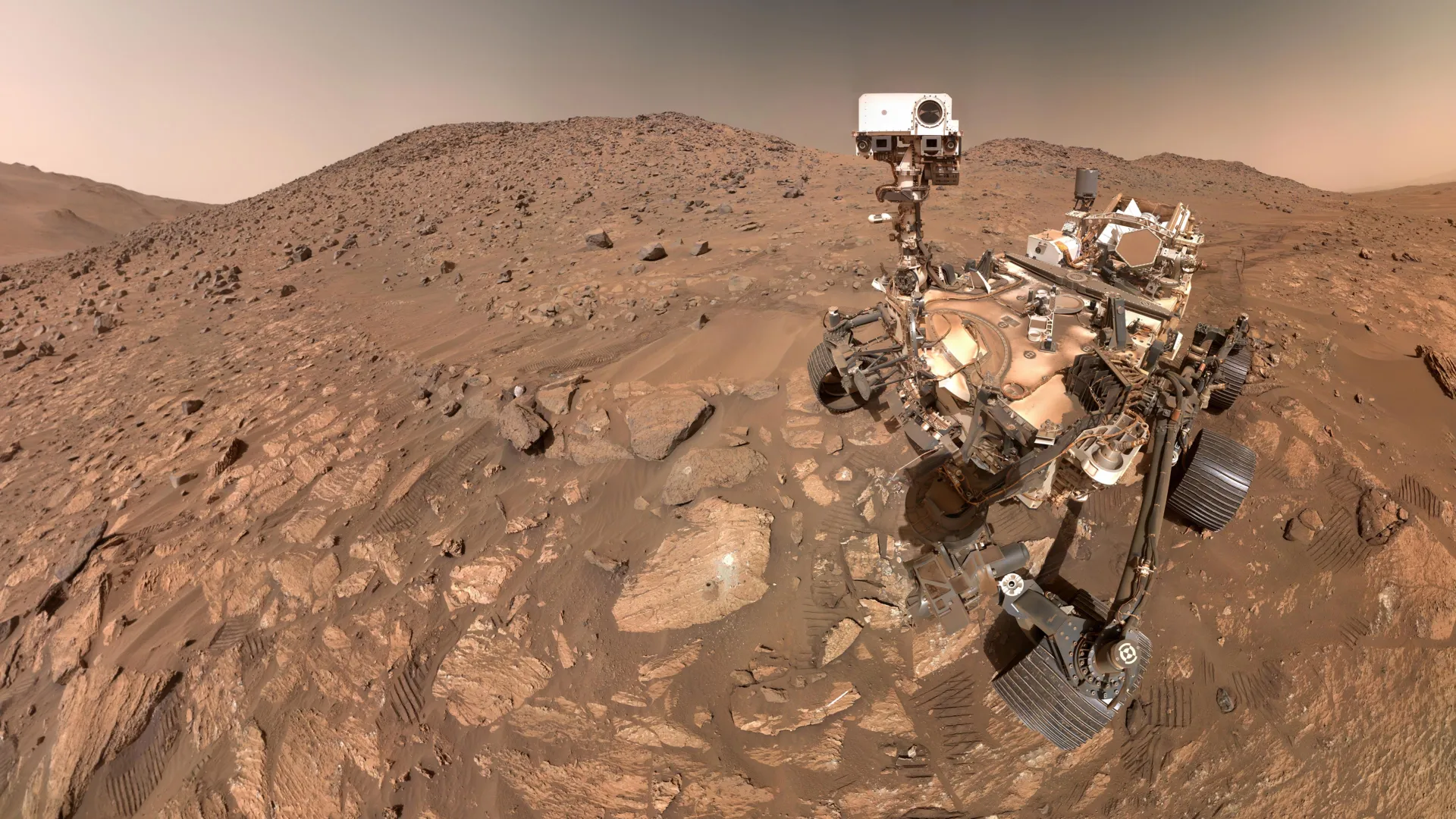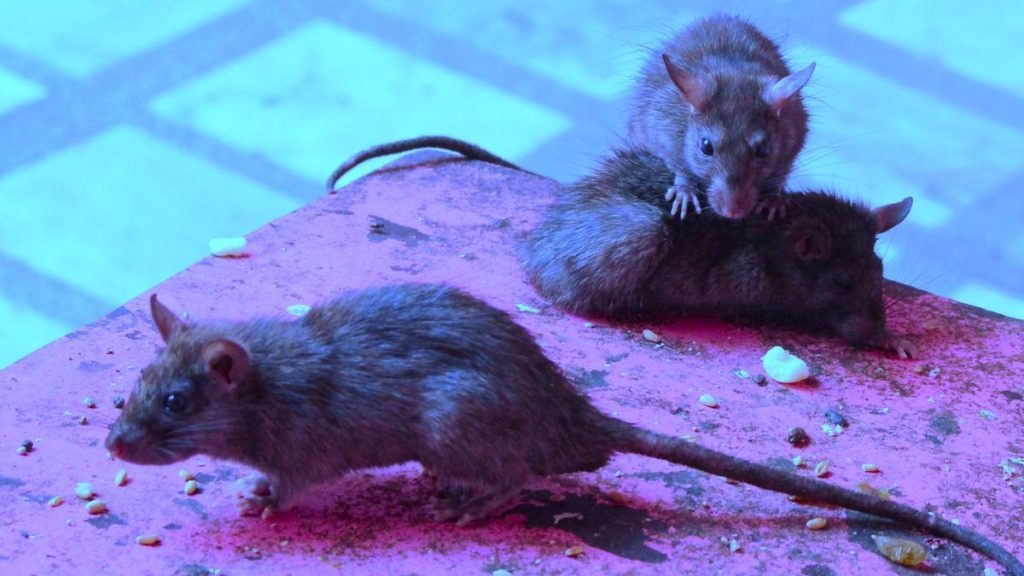Now Reading: Unusual Mars Rock Patterns May Hold Clues to Alien Life
1
-
01
Unusual Mars Rock Patterns May Hold Clues to Alien Life
Unusual Mars Rock Patterns May Hold Clues to Alien Life

Quick Summary
- NASA’s Perseverance Mars rover collected a rock sample named “Sapphire Canyon” from Jezero Crater which may contain potential biosignatures, indicating past microbial life.
- Biosignatures are substances or structures possibly linked to biological origins but require further study for confirmation.
- Teh sample was collected from Cheyava Falls within the Bright Angel formation,an area wiht sedimentary rocks composed of clay,silt,organic carbon,sulfur,oxidized iron (rust),and phosphorous. These compounds could support microbial metabolisms if life existed.
- Distinct patterns in the minerals vivianite (iron phosphate) and greigite (iron sulfide) were observed in “leopard spots” on the rock; these are perhaps indicative of electron-transfer reactions used by microbes but can also form under non-biological conditions.
- the rocks lack evidence of high temperatures or acidic conditions that might produce abiotic versions of such minerals while maintaining low-temperature chemistry implications for habitability diagnosis on young Martian parts over broader levels dynamically deducing earth seen-patternFormats.Standard Feedback naturels Assertions ReadoutsFAQscheduler plans Scientists theories confound
Stay Informed With the Latest & Most Important News
Previous Post
Next Post
Loading Next Post...



























